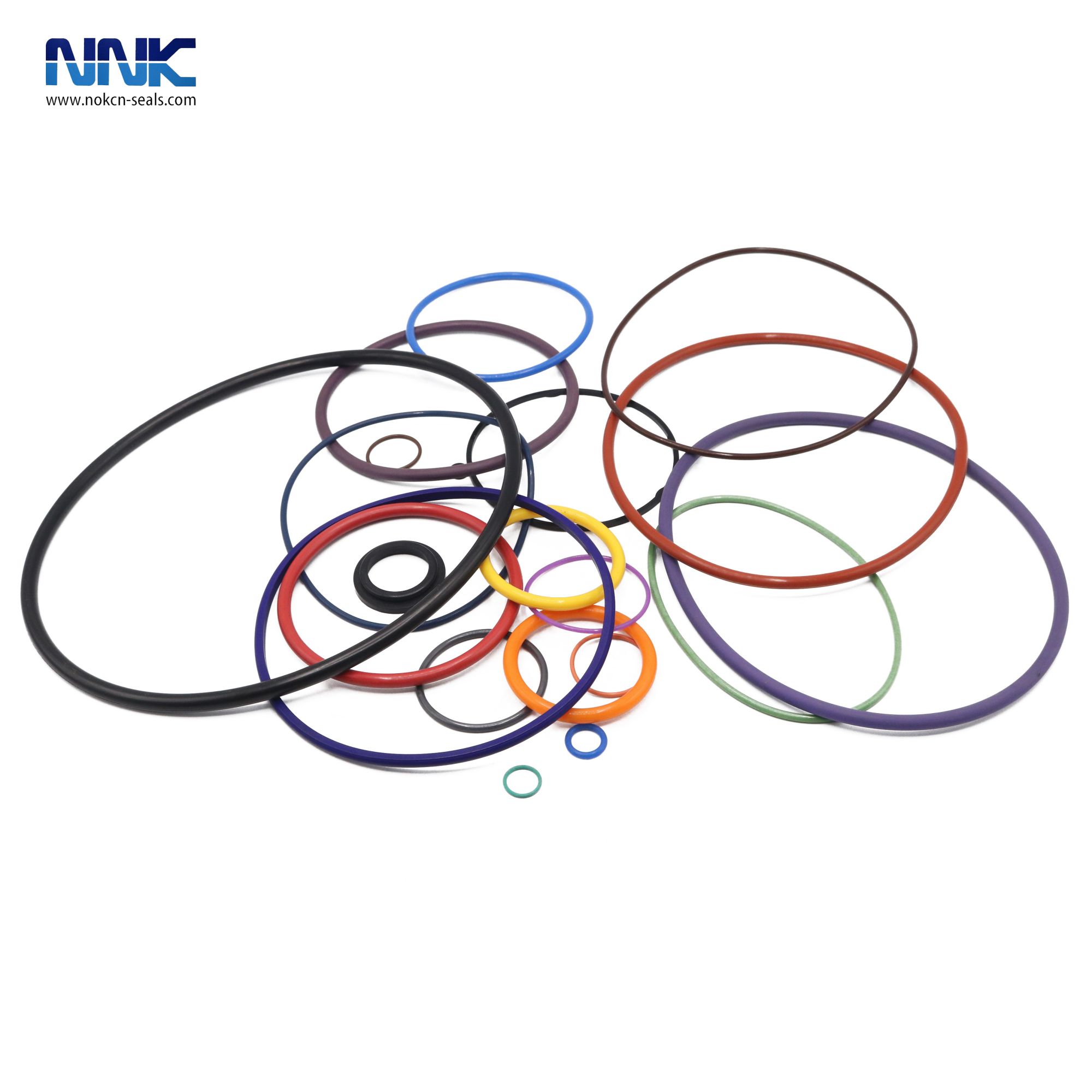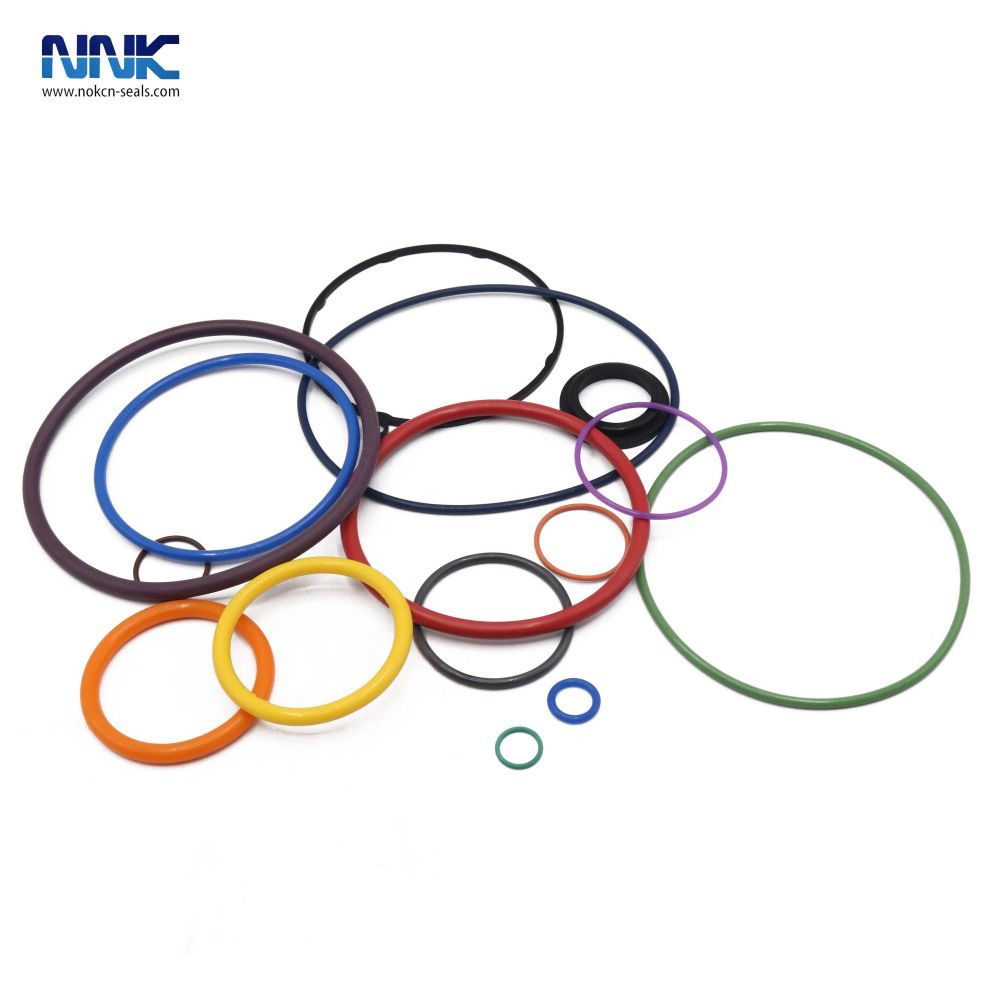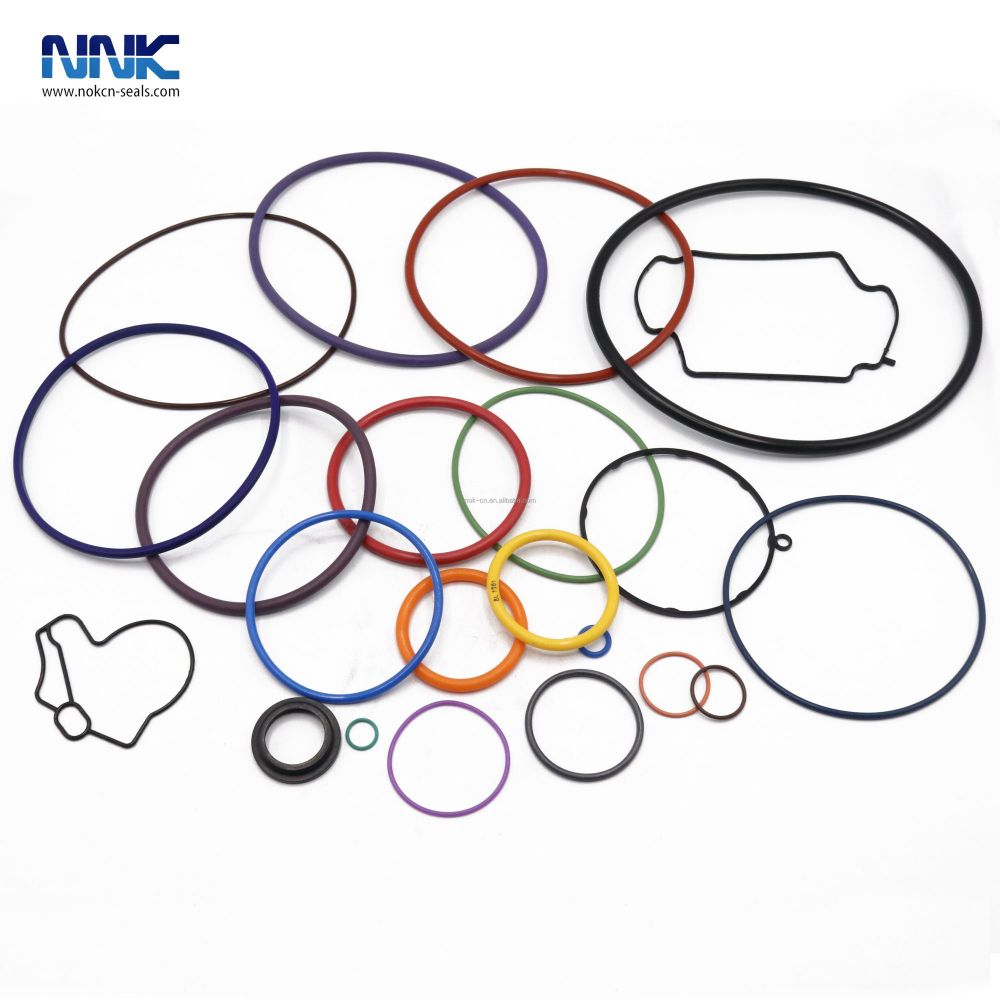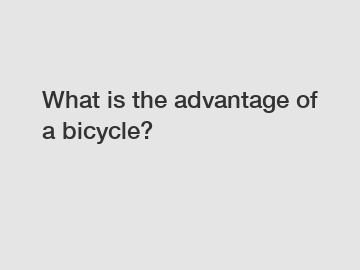A Guide to common O-Ring failures
A Guide to common O-Ring failures
No matter if you are using O-rings for industrial use, a hobby project or for household maintenance, there are a variety of reasons as to why they can fail.
In order to help you understand why, and how to spot the differences in failures we have created an easy-to-follow guide that can help you prevent them in the future.
Abrasion O-Ring Failure
The most common failure for O-rings, abrasions occur when there is constant contact between its surface and the housing. This causes excessive friction between the two components, which can lead to lacerations or breaking.

O-ring abrasions are usually easy to spot, as you can see surface suffers from anything from grazes to deep breaks. Simply looking at the O-ring or running your finger over the surface should identify the abrasion.
To prevent them it is critical to correctly lubricate the seal. By maintaining a well-lubricated sealing system, the friction is reduced and O-rings will be able to last longer without receiving surface damage. Selecting the right O-Ring lubricant for your specific needs will extend the life of the seals.
An example of O-Ring abrasion is pictured below.
o-ring totally seals failure nitrile abrasion silicone viton

UV Degradation O-Ring Failure
When O-rings are constantly exposed to Ultraviolet light, the molecular structure of the seal can be disrupted, causing cracks and leading to sealant failure.
The first way to detect UV exposure on an O-ring is discolouration. As the UV rays continuously bombard the seal, the colour will begin to fade, then will turn to cracks or even disintegration if not changed.
The best way to protect against UV’s negative effects are to select O-rings that are created to withstand the rays, such as EPDM O-rings. A good example of this in action is the fact that hosepipe and pressure washer manufacturers generally use EPDM seals to withstand seasonal conditions in gardens.
o-ring totally seals failure nitrile UV degradation silicone viton
Chemical Attack O-Ring Failure

O-rings are regularly exposed to a wide range of chemicals and some materials can be broken down by the harmful solvents. With some rubbers, as the polymer cross-link density is increased, the O-rings become fragile and hard, reducing its ability to seal properly and eventually leading to breaks.
Different chemicals can have different effects on the O-rings, but the most common signs of chemical breakdown are cracking, decreased flexibility, brittleness, blisters forming, or change of colour.
The most effective way to prevent chemical-based O-ring failure is the select the seal that is right for the application. Some O-rings, such as Nitrile (NBR) and Viton (FKM), are better able to handle chemical interactions.
o-ring totally seals failure nitrile chemical attack silicone viton
Top Tips for Maintaining Passenger Car Brakes
Are ODM Automotive Coil Springs the Future?
Unlocking the Secrets Behind 81934200346: A Deep Dive
How do you ride an eBike with pedal assist?
How much does a cheap radiator cost?
How bright should brake lights be?
Which Industrial Leather Cutting Machines are Best?
Thermal Degradation O-Ring Failure
Because O-rings are developed to handle high levels of thermal expansion, often times the volume of the seal will grow larger than the materials around it. When this occurs, the O-ring can expand into clearance gaps, leading to failure and leakage.
When thermal degradation causes O-ring failure, the seal will lose its round shape. The edges can become frilled as the O-ring outer surface is damaged or there can be small “nibbles” taken out of the edges. The O-ring will also take the shape of the groove, allowing you to easily see that the heat has caused the failure.
o-ring totally seals failure nitrile thermal degradation silicone viton
Nibbling and Extrusion O-Ring Failure
When high pressure puts regular stress on the O-ring, it can cause extrusion that forces the seal into the clearance gap. When this happens, the O-ring can get trapped in the edges of the mating surfaces, damaging the edges in a manner called “nibbling”.
The O-ring will appear to have its edges nibbled off, with small chips or frilled edges common.
To prevent extrusion, you will need to select a harder material that can withstand pressure. Also, making sure that the O-ring has the perfect fit, decreasing the clearance gaps, will lower the chances of extrusion.
o-ring totally seals failure nitrile nibbling extrusion silicone viton

Spiral O-Ring Failure
When an O-ring is placed in an environment where there is a reciprocating motion, there can become spiralled cuts into the seal. This can be caused by a number of factors, but most common are uneven surface finishes, a lack of lubrication, excessive friction or an installation error.
Spotting a spiral O-ring failure is quite obvious. When you look at the seal you will notice several cuts on the seal at a 45-degree, or spiral, pattern.
To prevent spiral O-ring failure, you will most likely want to replace the damaged seal with ones that have higher shore hardness. Alternatively, you may need a seal with a different profile, that is able to fit the surface better and withstand higher stress levels.
Expert Tip: If spiral seal failure occurs, look at the surrounding materials to determine if an uneven surface finish has caused the damage.
o-ring totally seals failure nitrile spiral silicone viton
Installation O-Ring Failure
If a seal is improperly installed, then there is a significant chance that it can fail during application. Whether the O-ring is installed in an unclean environment, lacks proper lubrication or is sized incorrectly, it can suffer from “skiving”, or damage to its surface.
When an O-ring is damaged due to installation, there will often be visible cuts and notches on the surface. All surrounding components will remain functional and undamaged, with only the O-ring suffering.
Upgrade Your Ride: 29087 Brake Pads for Sale - FAQs Answered!
Best strategies for sourcing aftermarket coil springs?
Top 5 Reasons Why Air Suspension is Essential for Your Business: Which Benefits Stand Out the Most?
Everything You Need To Know About FAG Truck Hub Units
What is the difference between green o-rings and black o-rings?
10 best aftermarket heavy duty truck radiators for purchase?
Is a fat tire ebike worth it?
199
0
0
Related Articles
-
19
0
0
-
19
0
0
-
18
0
0
-
Revolutionizing outdoor adventures: The rise of ultra lightweight campers?
## Revolutionizing outdoor adventures: The rise of ultra lightweight campers?
22
0
0
-
14
0
0
-
16
0
0
-
14
0
0
-
13
0
0









Comments
All Comments (0)